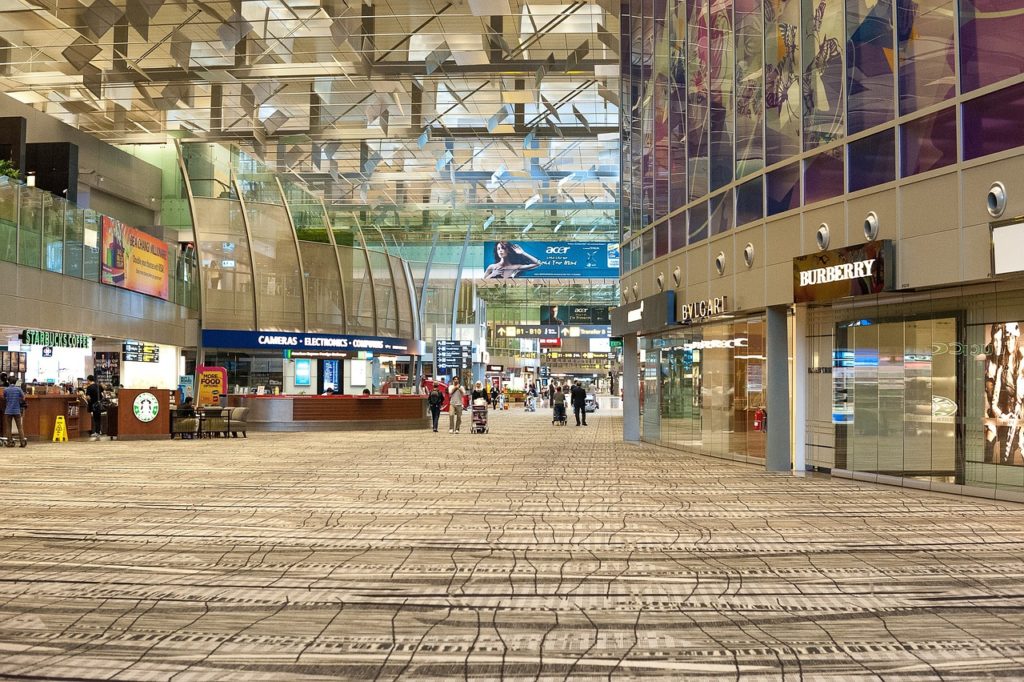
Singapore, the Lion City, has long been celebrated for its captivating mix of culture, history, and modernity. While traditional methods of promoting its treasures have been effective, the introduction of digital signage systems in recent years has invigorated the nation’s tourist sector.
There was a time when printed brochures, static boards, and word-of-mouth were the key drivers of Singapore’s tourism industry. Yet, as technology evolved and digitalisation became ubiquitous, Singapore took the proactive step of integrating digital signage into its tourist hotspots.
For those unacquainted, digital signage is a sub-segment of electronic signage that uses technologies like LED, LCD, and projection to display digital images, video, web pages, weather data, and more. The key advantage? A dynamic, adaptable, and interactive medium, offering superior benefits compared to traditional signage.

Gardens by the Bay, a beacon of Singapore’s green urban efforts, exemplifies this integration. Imagine walking amongst the Supertrees, with digital signages offering insights about the unique plants, syncing with light shows, or guiding visitors towards particular sections.
Meanwhile, Orchard Road, our beloved shopping boulevard, has embraced digital signage systems that not only advertise the latest deals but also offer cultural snippets, enhancing the shopping experience and intertwining it with our rich heritage.
The proof is in the pudding. The installation of these digital displays has heralded a noticeable upswing in tourist footfall. The dynamic nature of digital signage fosters heightened engagement, with tourists often pausing to interact with the content.
Moreover, the flexibility of digital signage systems ensures personalised experiences. With Singapore attracting a global crowd, these displays can offer multilingual support, ensuring that language is no barrier in the heart of Southeast Asia.
It isn’t just the direct interaction with tourists that showcases the prowess of digital signage. Local businesses on Orchard Road or in the vicinity of major attractions have seen increased patronage. After all, an interactive map directing you to a quaint café or an exclusive boutique is bound to drive traffic.
Furthermore, Singapore’s position as a technologically forward nation is enhanced by its widescale adoption of digital display technologies. And not to forget, replacing paper with digital alternatives is a nod towards our green initiatives.

Singaporeans should take pride in how foreign visitors often gush about the convenience of our digital signage systems. A common sentiment is the appreciation for interactive maps and directories which, in a bustling city-state, offer a touch of guidance. Of course, as with any system, there’s room for enhancement. Tourists have expressed wishes for even more immersive experiences, perhaps hinting at augmented reality integrations in the future.
While the benefits are manifold, maintaining these digital signage systems requires regular upkeep and updates. There’s the challenge of ensuring they remain inclusive, especially for older tourists who might not be as tech-savvy.
However, Singapore, ever-evolving and forward-thinking, is already on the path to address these challenges. With talks of further integrating AI and improving user interfaces, the future of digital signage in our tourist hotspots looks promising.
The transformative impact of digital signage on Singapore’s tourism landscape is undeniable. With the promise of ongoing innovation, Singaporeans can anticipate not only a boost in the number of visiting tourists but also a reinvigorated appreciation of our own landmarks, all thanks to the dynamic world of digital display technologies.
We offer a versatile and customizable visual experience, empowering businesses to enhance their brand presence and captivate their audience.

